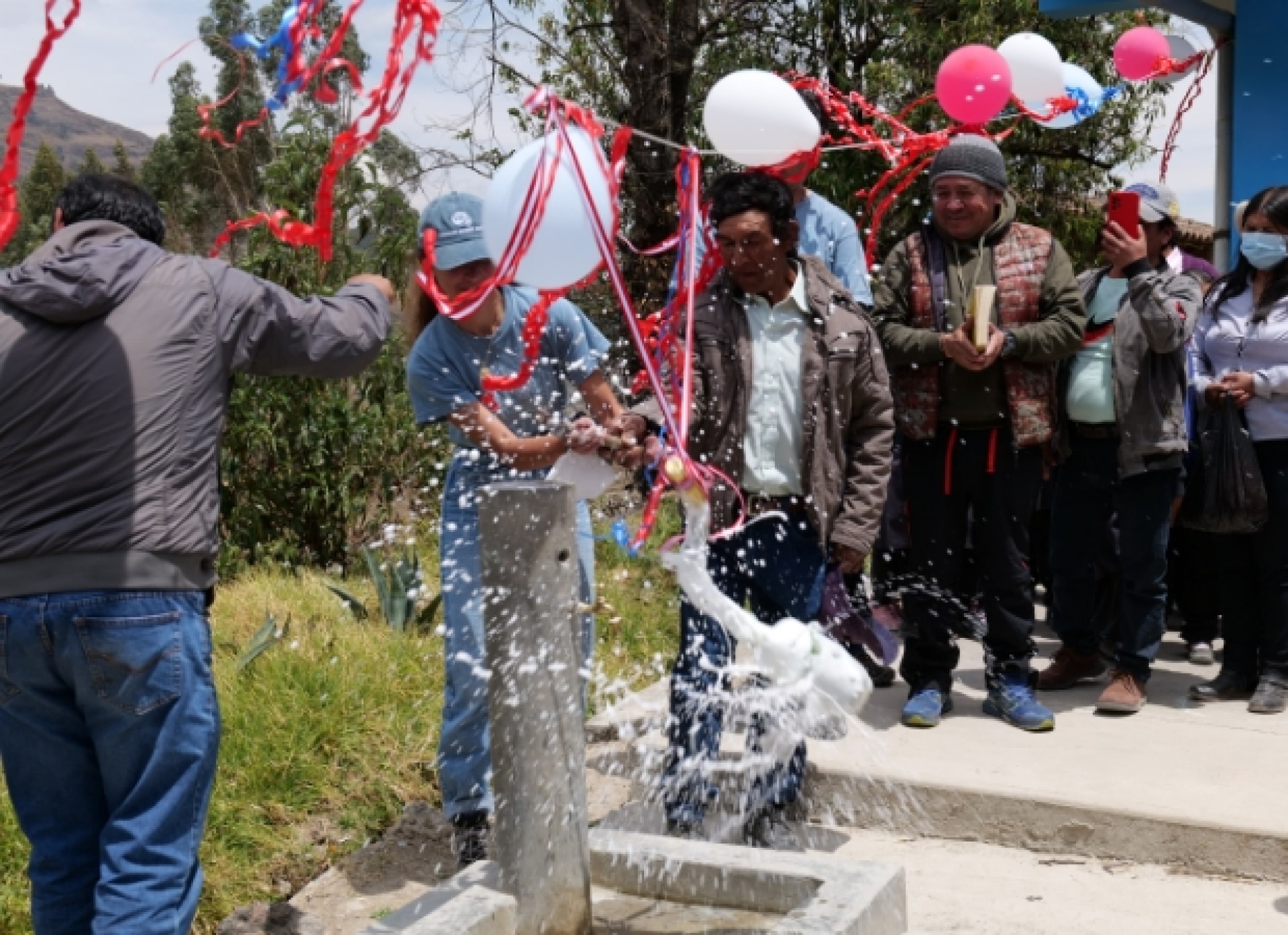As we strive to build a better world, we are dedicated to more than ensuring that the water flows and buildings stand for years to come. We’re committed to creating a positive impact in the lives of our partners and our volunteers. Here’s a glimpse at how we’re doing so far.

1,248 Projects completed all-time
5,289,768 Beneficiaries all-time
1067 community partnerships, domestic and international all-time
OUR COMMITMENT AND CONTRIBUTION


5,289,769
We work to eliminate poverty by providing essential infrastructure and services that enhance economic stability and growth in underserved communities.

327,389
Our agricultural projects improve food security by promoting sustainable farming techniques and drought-resistant crops, helping communities adapt to climate change and maintain reliable food sources.

1,839,436
We focus on projects that enhance the health and well-being of communities. This includes building clean water systems, improving sanitation, and building footbridges to provide increased access to healthcare facilities, which are crucial for preventing disease and promoting overall health.

214,164
EWB-USA supports educational infrastructure projects, building schools and providing resources to ensure access to lifelong learning opportunities for all community members.

2,962,636
Access to clean water and adequate sanitation is a human right and critical to sustainable development. Over 60% of our projects involve water access and safe, reliable, and sustainable water supply systems to communities, reducing water-borne diseases and improving public health.

498,930
Our clean energy projects, including solar power installations and energy-efficient cook stoves, help communities reduce fossil fuel dependence, lower energy costs, and mitigate environmental impacts.

327,389
We create economic opportunities by developing infrastructure that supports local economies, such as market access roads and improved agricultural productivity, and creates a boon in economic growth.

665,608
We build resilient infrastructure to promote sustainable industry and foster innovation, using advanced engineering practices tailored to community needs.
Additionally, we uphold the values of SDG 5: Gender Equality and SDG 13: Climate Action in all our projects. Gender equality is promoted through active participation and leadership of women, while our climate initiatives focus on building climate-resilient infrastructure and educating communities on sustainable practices.
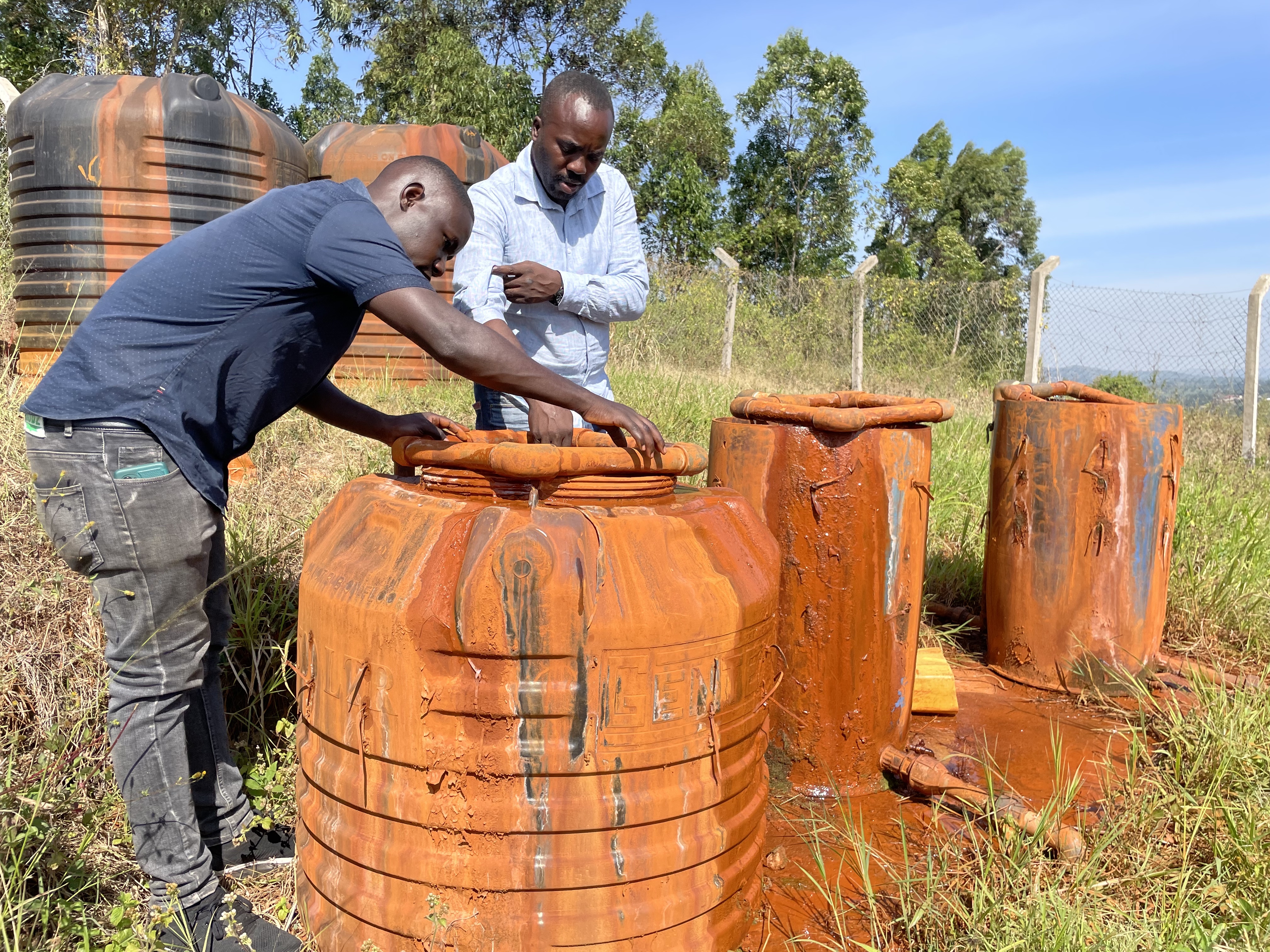
![]()
The EWB-USA team did a good job working with the community and incorporating their suggestions.
Kabingo, Uganda
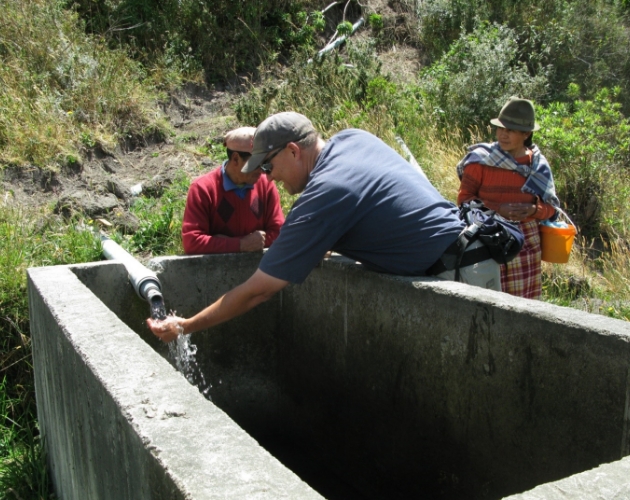
![]()
[The project] brought the community together. We have been able to support and work with other communities. [We] used to carry big jugs of water [and] couldn’t bath in houses before, now we can.
Malingua Pamba, Ecuador
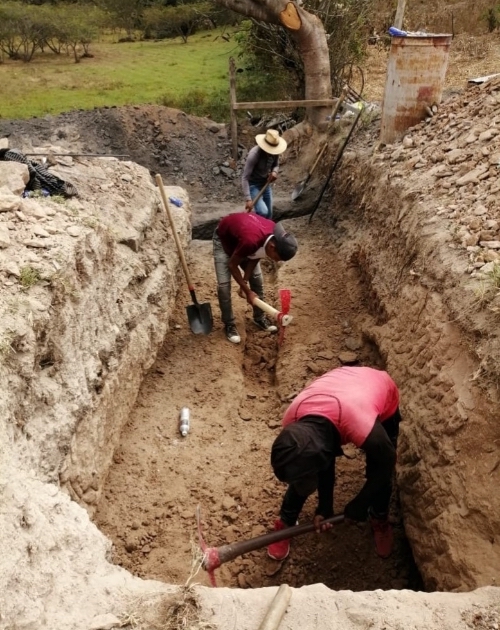
![]()
![]()
The students can study in a formal place, kids feel safer and happier and teachers are more stimulated. They used to have a dirt floor and there was lots of dust so are happy to now to have a building with a floor.
El Amate, Guatemala
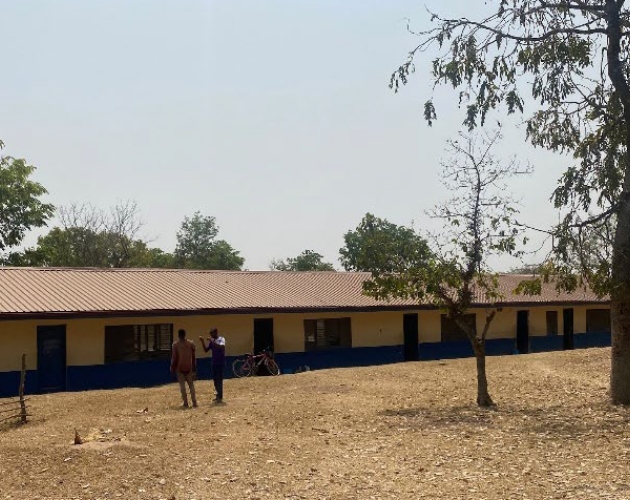
![]()
There are now increased contact hours with the students. We do not close during rains. We have increased enrollment numbers. It is helpful to have the students under the roof.
Chinderi, Ghana
8.2 / 10
On average, Student Volunteers rated their EWB experience for Professional growth
8.6 / 10
On average, Student Volunteers rated their EWB experience for Personal Growth
7.8 / 10
On average, Professional Volunteers rated their EWB experience for Personal growth
This project has allowed me to apply my engineering skills to a community project, helping my growth in my future career.
Student
Before, I had the misconception that engineering was centered upon industry in terms of big businesses. This experience showed the multiple applications of my degree, as well as opportunities to use my skill sets in creating a better world.
Student
Having to be on scene and deal with changing conditions while finding solutions for disparate parties definitely builds soft skills and leadership skills.
Professional
This was my first international trip with students and I had to learn how to lead as an advisor and how to support students while being in a foreign country. I learned a lot about engineering and the needs of our community while also learning how to communicate effectively with the community members.
Professional
